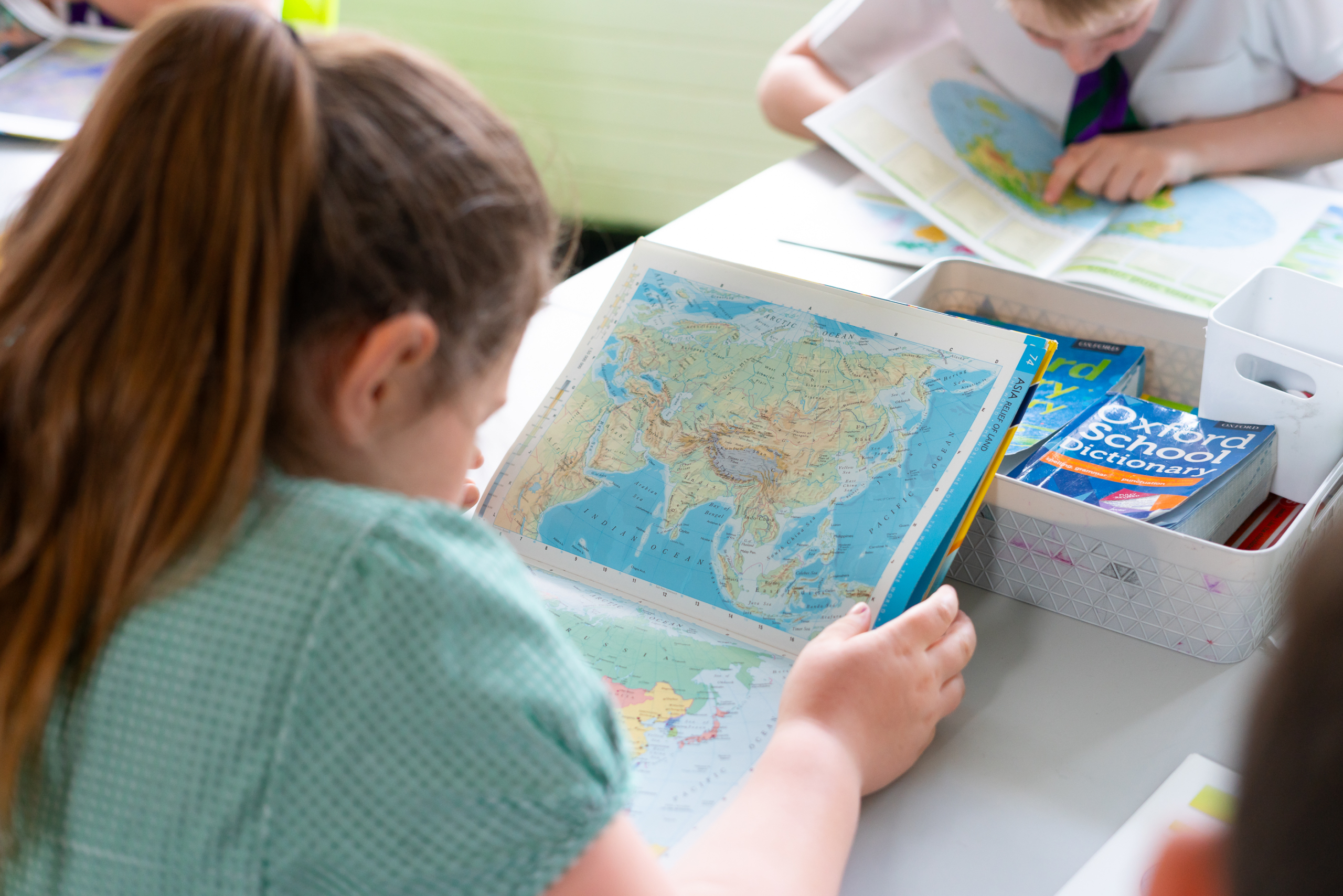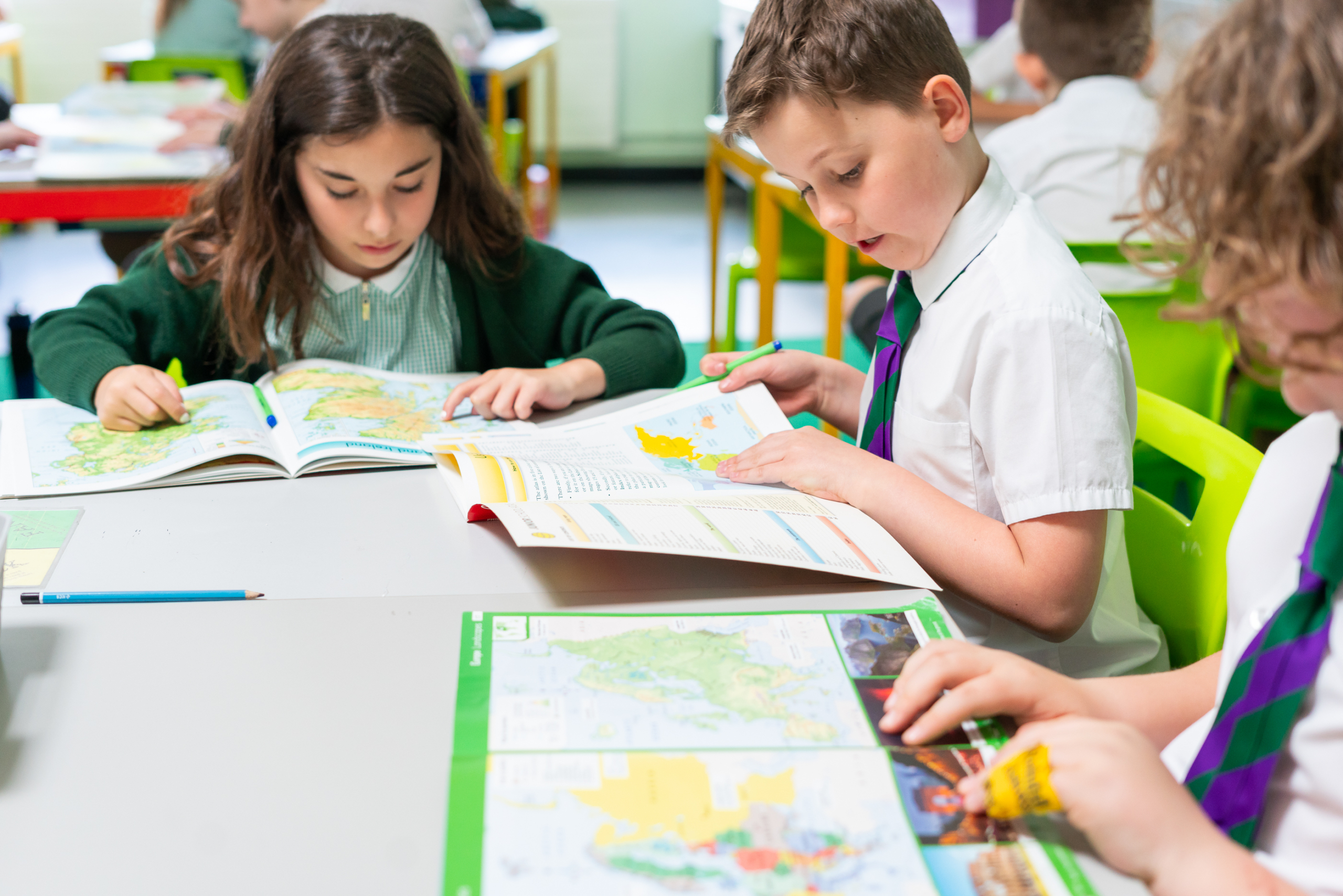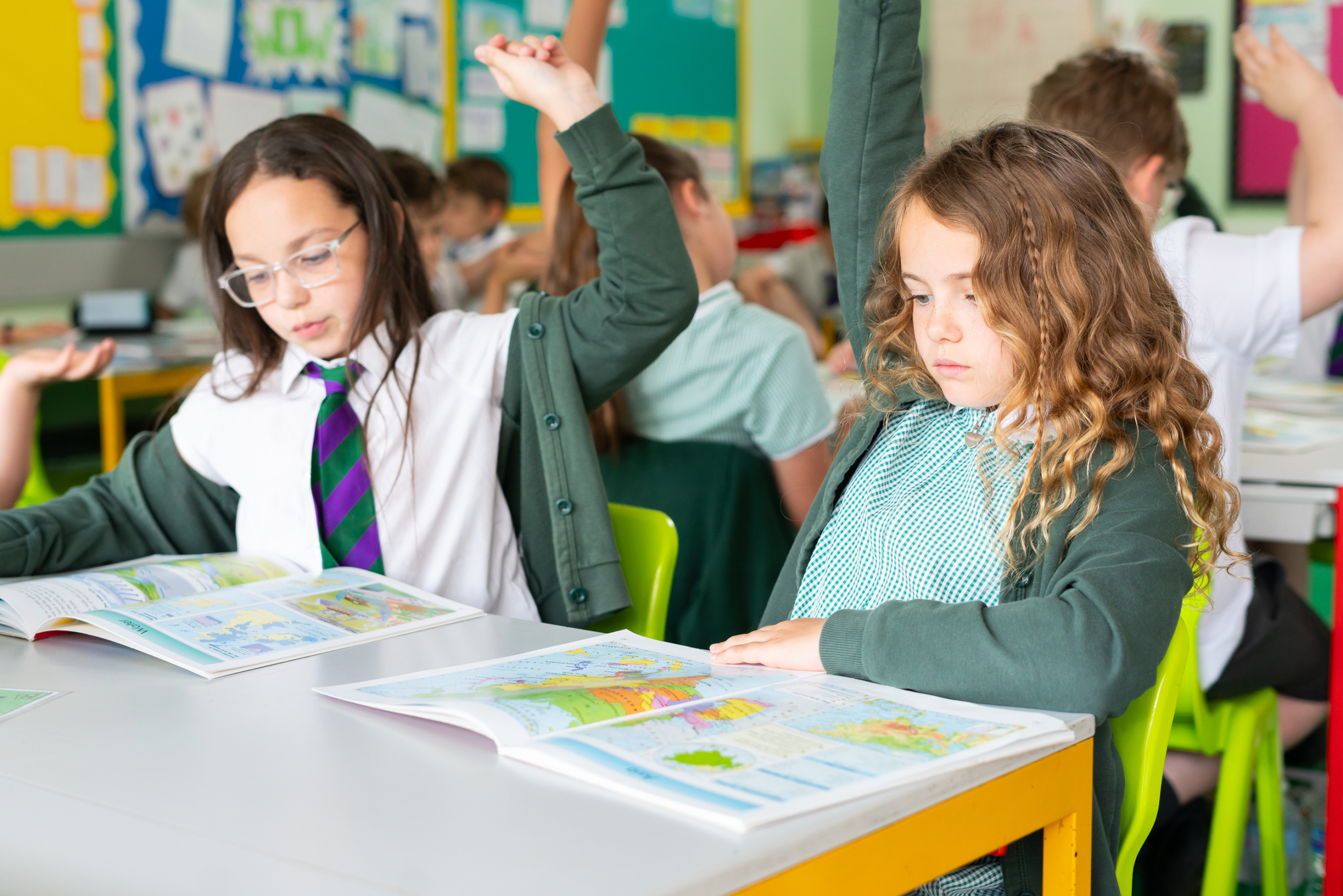Geography Subject Leader: Miss A Marsh
Geography encourages pupils’ awareness of what is around them globally and locally, by enhancing their knowledge of countries, regions, cultures, and environments.
Intent
- Be equipped with knowledge about diverse places, people, resources and natural and human environments.
- Contribute to a deep understanding of the Earth’s key physical and human processes.
- Explain how the Earth’s features at different scales are shaped, interconnected and change over time.
- Ask questions, think critically, and develop a sense of global responsibility.
- Appreciate how geography connects to their everyday lives and their future.
- Use maps, globes and digital tools confidently and independently.
- Develop contextual knowledge of the location of globally significant places (both terrestrial and marine).
- Understand the processes that give rise to key physical and human geographical features of the world.
- Recognise that such processes bring about spatial variation and change over time.


Implementation
As part of our cross-curricular approach, some of our ‘themes’ taught will have a strong geographical focus and create links to other areas of learning.
Each unit of learning will be planned based on key geographical skills that we aim to develop throughout the child’s geography learning journey. The skills covered through topics of work will include:
- Collect, analyse and communicate a range of data gathered through experiences of fieldwork
- Interpret a range of sources of geographical information, including maps, diagrams, globes, aerial photographs and Geographical Information Systems (GIS)
- Communicate geographical information in a variety of ways, including through maps, numerical and quantitative skills and writing at length. These skills will underpin the lessons we deliver and opportunities will be taken to positively promote equality and diversity.
Teachers have identified the key knowledge and skills for each topic and consideration has been given to ensure progression across topics throughout each year group. By the end of year 6, children will have a breadth of knowledge about key aspects of geography, both human and physical.
They will be able to draw comparisons and make connections between different cultures/settlements and their own locality and country. Planning is informed by both the national curriculum and Quigley’s Essentials Curriculum. Outcomes of work are regularly monitored to ensure that they reflect a sound understanding of the key identified knowledge.
Impact
Outcomes in other foundation subjects show a range of geographical objectives being taught. Children are encouraged to reflect on what they have learnt throughout the topic, and how it relates to human or physical geography (especially the opportunity to use maps, historically or in relation to the modern world).
In Geography lessons, teachers place emphasis on a global context, how the world is and why it has come to be so, thereby developing critical thinking and curiosity. In turn, this enhances their abilities to sift through information from their own judgements and improve understanding.

Geography in Each Stage
Children learn geography in EYFS under the umbrella of ‘Understanding the World’. They learn to investigate places, describing where they live and where they are, and what they notice about these places. They investigate patterns, noticing spatial relationships and links between places and objects in a space, pointing out landmarks and seeing where their country is in relation to others on a map. They also learn to communicate geographically, developing knowledge of visual representations such as maps and using geographical terminology. Children also learn about ecology, and how to look after and sustain our planet, developing a respect for the natural world.
Pupils will be able to:
- Investigate the world’s continents and oceans.
- Investigate the countries and capitals of the United Kingdom.
- Compare and contrast a small area of the United Kingdom with that of a non-European country.
- Explore weather and climate in the United Kingdom and around the world.
- Use basic geographical vocabulary to refer to and describe key physical and human features of locations.
- Use world maps, atlases and globes.
- Use simple compass directions.
- Use aerial photographs.
- Use fieldwork and observational skills.
Pupils will be able to:
- Locate the world’s countries, with a focus on Europe and countries of particular interest to pupils.
- Locate the world’s countries, with focus on North and South America and countries of particular interest to pupils.
- Identify key geographical features of the countries of the United Kingdom and show an understanding of how some of these aspects have changed over time.
- Locate the geographic zones of the world.
- Understand the significance of the geographic zones of the world.
- Understand geographical similarities and differences through the study of human and physical geography of a region or area of the United Kingdom (different from that taught at Key Stage 1).
- Understand geographical similarities and differences through the study of human and physical geography of a region or area in a European country.
- Understand geographical similarities and differences through the study of the human and physical geography of a region or area within North or South America.
- Describe and understand key aspects of:
- physical geography: including climate zones, biomes and vegetation belts, rivers, mountains, volcanoes and earthquakes and the water cycle
- human geography: including settlements, land use, economic activity including trade links and the distribution of natural resources including energy, food, minerals and water supplies.
- Use maps, atlases, globes and digital/computer mapping to locate countries and describe features studied.
- Use the eight points of a compass, four-figure grid references, symbols and keys (including the use of Ordnance Survey maps) to build knowledge of the United Kingdom and the world.
- Use a wide range of geographical sources in order to investigate places and patterns.
- Use fieldwork to observe, measure and record the human and physical features in the local area using a range of methods, including sketch maps, plans and graphs and digital technologies.
Geography Progression
SEND Information
Consideration will be given to how learners will be aided to support the school’s commitment to inclusion. Geography lessons will be accessible to all, with teachers adapting and differentiating the expectations and activities based on the needs of the children in their classes.
Geography Extra Resources
Further Geography Help

